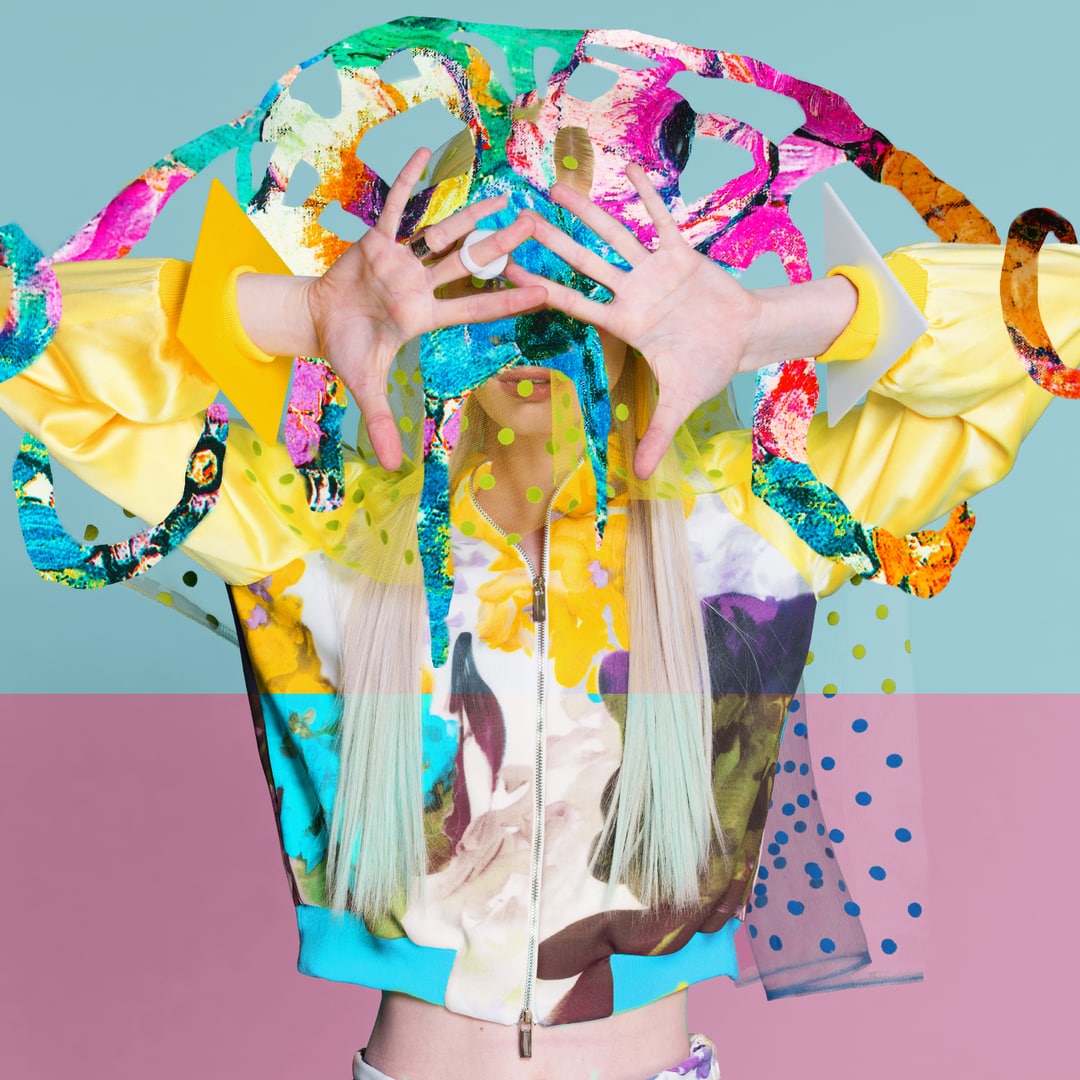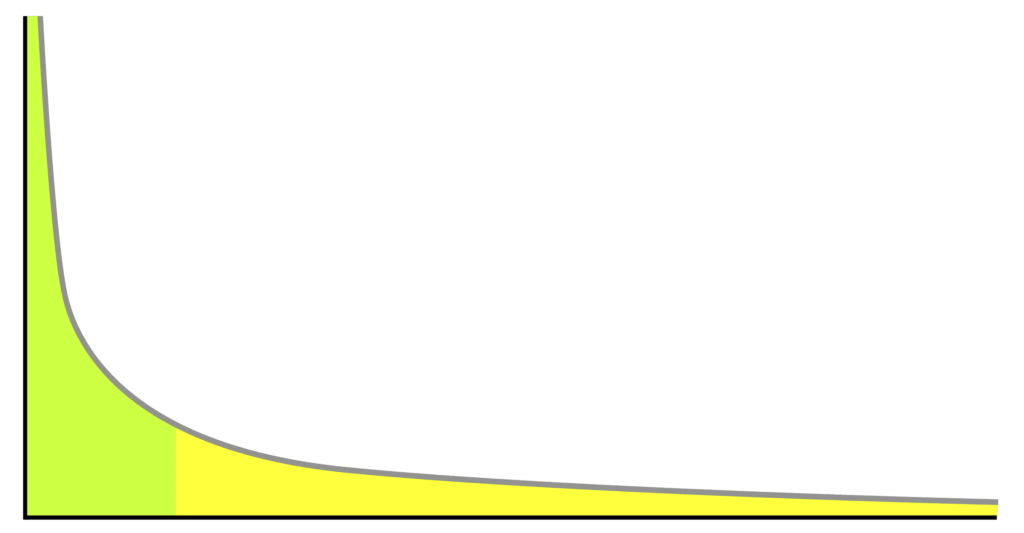Narrow Your Aperture for Fashion’s Biggest Leverage

Fashion’s biggest leverage should be obvious to everyone but is strangely not so. Markdowns (in particular the cause of it) which are leveraged to increase sales are rarely focussed on.
The important reason to focus on markdowns is that they come with very high costs to the company. The markdown cost is higher than any other cost, even exceeding the cost of goods sold. This is the biggest elephant in the room. For whatever reason, you can not find this even in the income statement of companies. The income statements start with the revenue net of markdowns. The markdown in a brand is inversely proportional to the extent of bestsellers the brand makes.
The markdowns are an outcome. The input resulting in this outcome is the difference between plan and actual sales velocity. The higher the proportion of the high demand items, the lesser will be the markdowns.
The High Demand Products, Fashion’s Biggest Leverage
It is interesting to look at the anatomy of high demand products.
There is a power law in action in the demand of products in an assortment. Few products contribute to a significant portion of the demand. In our experience with fashion brands, while the power-law may not be exactly 80/20, the tendency is closer to that.
This behaviour of product demand has a significant impact on the overall brand’s performance.

The inventory debt for high-demand products is typically low, making them the portfolio’s most revenue and profit earners. The high demand products are 200-300% more profitable than the average products. In dollar terms a lot more, depends on the quantum of sales.
Another exciting aspect of the high demand items (best sellers) is that the sale rate of these items is anywhere between five to ten times the average rate of sale of items in the category. They are also revenue and profit exponentials.
Now it is very obvious that these bestsellers are fashion’s biggest leverage.
The critical question is, “How can we influence the proportion of high demand items?”
How to discover high demand products
Fashion product discovery starts outside-in for any brand. The data of the brand is contextual but limited. The challenge in discovering ideas outside-in is the non-availability of demand information. What we observe is supply. With more than 50% of products in the fashion business not meeting consumer demand, there is a high level of noise there.
The current ways of fashion forecasting is broken from this angle.
If there is a way consumer demand of products across the internet be de-coded and trends spotted on their maturity, we have a practical way to spot high demand trends and products.
This is what we have been at for the last six years. We have been decoding consumer demand for brands to take informed assortment decisions. You can read more about the first principles on this here and a case study. Demand Science® is explained in a detailed way in this article.
The result is what one of the fastest-growing casual-wear brands said recently,
We used to have two to three high demand products out of every ten products we made. After using Stylumia, we are now having 4-6 high demand products for the same ten products.
Brand Head, Casual-wear Brand
Demand Forecasting The Lagom Way | Fashion’s Biggest Leverage
There is no bad product if we buy the correct quantity.
This says it all. It is not enough to spot the right design/product; quantity estimation of demand is as important as getting the product right.
While demand forecasting at higher levels of the taxonomy is table stakes, predicting demand at the style/colour/size level is not.
This is particularly important when the traditional machine learning models operate with attributes. The attributes are textual explanations of the art. How can we articulate the aesthetic element of fashion without losing information?
This limits the accuracy of these models.
New thinking is required to get around this challenge.
Here is a case study on how we reduced over 80% error in the demand forecasting accuracy of an omnichannel brand.
In Conclusion,
If you are a fashion business leader in brand, finance, design, buying & merchandising or technology, the two things if you focus on which will give fashion’s biggest leverage than any other investment is, narrowing your aperture and focusing on,
a) How can you improve the proportion of your high-demand products? and
b) How can you predict the demand for new products accurately?
If you would like a free consulting call on how we enable brands and retailers on the same, please book a session here.



